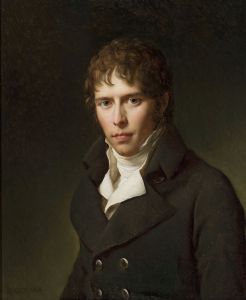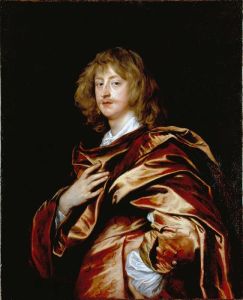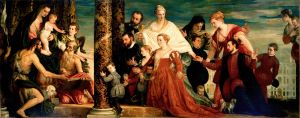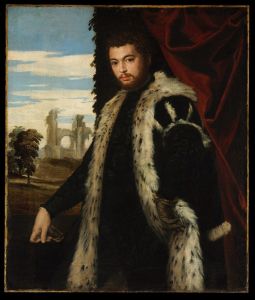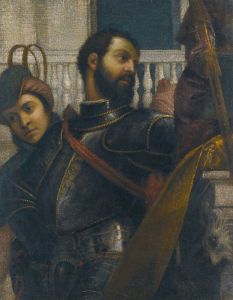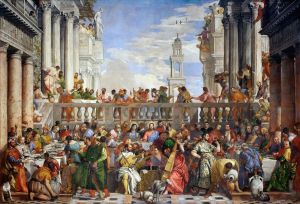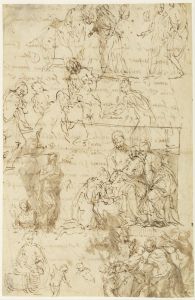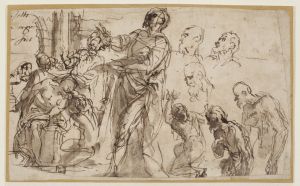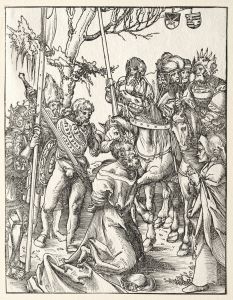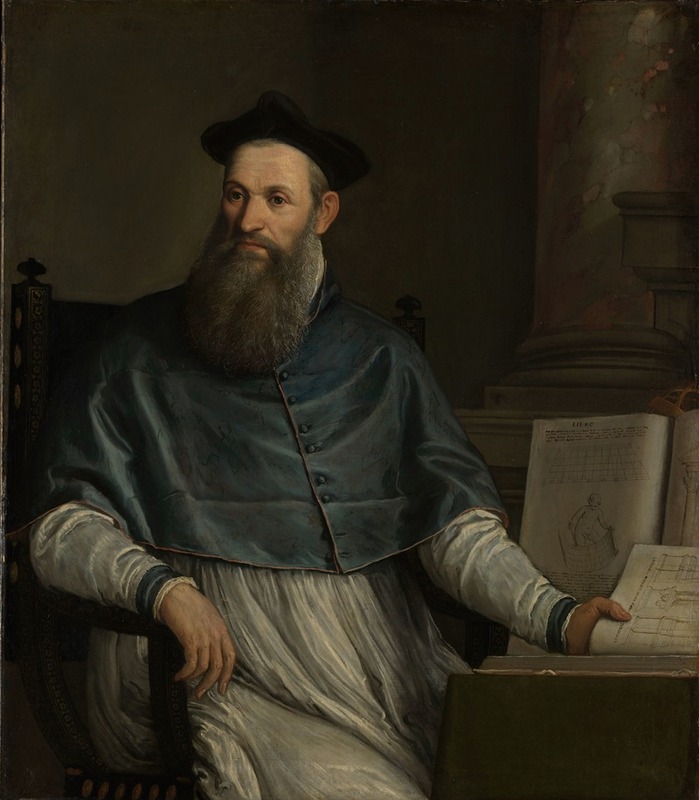
Portrait of Daniele Barbaro
A hand-painted replica of Paolo Veronese’s masterpiece Portrait of Daniele Barbaro, meticulously crafted by professional artists to capture the true essence of the original. Each piece is created with museum-quality canvas and rare mineral pigments, carefully painted by experienced artists with delicate brushstrokes and rich, layered colors to perfectly recreate the texture of the original artwork. Unlike machine-printed reproductions, this hand-painted version brings the painting to life, infused with the artist’s emotions and skill in every stroke. Whether for personal collection or home decoration, it instantly elevates the artistic atmosphere of any space.
The "Portrait of Daniele Barbaro" is a renowned painting by the Italian Renaissance artist Paolo Veronese. This artwork is a significant example of Veronese's portraiture, showcasing his skill in capturing the character and status of his subjects. Daniele Barbaro, the subject of the painting, was a prominent Venetian scholar, diplomat, and ecclesiastic, known for his contributions to architecture and his role as a translator of Vitruvius' "De Architectura."
Paolo Veronese, born in 1528 in Verona, was one of the leading painters of the Venetian school during the Renaissance. He was celebrated for his use of color and his ability to depict opulent and grandiose scenes. Veronese's work often featured elaborate compositions and a vibrant palette, characteristics that are evident in the "Portrait of Daniele Barbaro."
The portrait is believed to have been painted around 1560, during a period when Veronese was gaining prominence in Venice. In this painting, Veronese captures Barbaro with a sense of dignity and intellect, reflecting his status as a learned and influential figure. The portrait is noted for its detailed rendering and the subtle use of color, which highlights Veronese's mastery in creating lifelike representations.
Daniele Barbaro was born in 1514 into the influential Barbaro family of Venice. He was a man of many talents, serving as a diplomat and a cardinal, and was deeply involved in the intellectual and cultural life of his time. His translation and commentary on Vitruvius' architectural treatise were highly regarded and contributed significantly to the Renaissance understanding of classical architecture.
In the portrait, Barbaro is depicted wearing the robes of a Venetian noble, with a calm and contemplative expression. The attention to detail in his attire and the thoughtful portrayal of his features suggest Veronese's intent to convey both the external appearance and the inner character of his subject. The background of the painting is relatively simple, ensuring that the focus remains on Barbaro himself.
The "Portrait of Daniele Barbaro" is housed in the Rijksmuseum in Amsterdam, where it is part of a collection that includes works by other masters of the Renaissance. The painting is an important example of Veronese's portrait work and provides insight into the cultural and intellectual milieu of 16th-century Venice.
Veronese's ability to capture the essence of his subjects, combined with his technical skill and innovative use of color, makes the "Portrait of Daniele Barbaro" a significant work in the history of art. It not only reflects the status and personality of Daniele Barbaro but also exemplifies the artistic achievements of the Venetian Renaissance.





